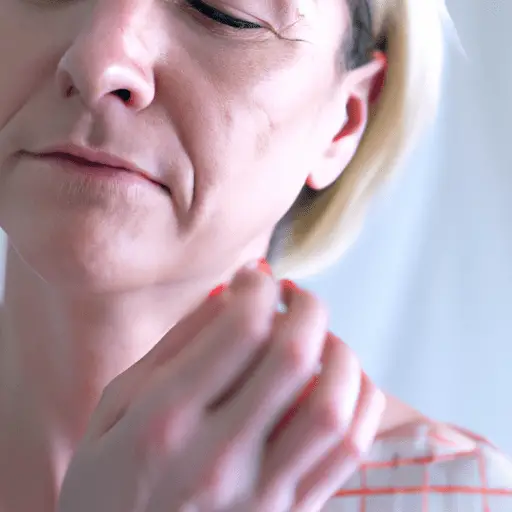Guide to Conducting a Skin Self-Examination
-
Table of Contents
- Guide to Conducting a Skin Self-Examination
- Key Takeaways
- Introduction: The Importance of Skin Self-Examinations
- Understanding the ABCDE Rule
- Conducting a Thorough Examination
- Documenting and Tracking Changes
- Professional Skin Checks
- FAQ Section
- How often should I conduct a skin self-examination?
- What should I do if I find a suspicious mole or skin change?
- Can skin cancer occur in areas not exposed to the sun?
- Can I use an app to help track changes in my skin?
- Should I still see a dermatologist if I conduct regular self-examinations?
- Conclusion: The Power of Prevention
- Further Analysis
Guide to Conducting a Skin Self-Examination

[youtubomatic_search]
Key Takeaways
- Regular skin self-examinations can help detect skin cancer early, increasing the chances of successful treatment.
- Understanding the ABCDE rule can help identify suspicious moles or skin changes.
- It’s important to examine all areas of the body, including less obvious places like the scalp and between the toes.
- Photographing and documenting changes can aid in tracking potential skin issues.
- Consulting a dermatologist for professional skin checks is crucial, even if you conduct regular self-examinations.
Introduction: The Importance of Skin Self-Examinations
According to the American Academy of Dermatology, one in five Americans will develop skin cancer in their lifetime. However, when detected early, the five-year survival rate for melanoma, the deadliest form of skin cancer, is 99%. This underscores the importance of regular skin self-examinations. This guide will provide a comprehensive overview of how to conduct a skin self-examination effectively.
Understanding the ABCDE Rule
The ABCDE rule is a simple guide to identifying potential signs of melanoma. It stands for Asymmetry, Border, Color, Diameter, and Evolving. A mole that is asymmetrical, has irregular borders, has varying colors, is larger than the size of a pencil eraser, or changes over time could be a sign of melanoma. The Skin Cancer Foundation recommends monthly self-examinations using the ABCDE rule.
Conducting a Thorough Examination
When conducting a skin self-examination, it’s important to check all areas of the body, not just the parts that are regularly exposed to the sun. This includes the scalp, between the toes, and under the nails. Using a hand-held mirror can help examine hard-to-see areas. If a partner or family member is available, they can help check areas like the back and the back of the legs.
Documenting and Tracking Changes
Keeping a record of moles and any changes can be helpful in detecting skin cancer early. This can be done by taking photographs and noting the date and any changes observed. There are also apps available that can help track changes over time.
Professional Skin Checks
While regular self-examinations are crucial, they should not replace professional skin checks by a dermatologist. The American Academy of Dermatology recommends annual skin exams for adults. If you notice any suspicious changes during your self-examination, it’s important to consult a dermatologist immediately.
FAQ Section
How often should I conduct a skin self-examination?
The Skin Cancer Foundation recommends conducting a skin self-examination once a month.
What should I do if I find a suspicious mole or skin change?
If you find a suspicious mole or skin change, you should consult a dermatologist immediately.
Can skin cancer occur in areas not exposed to the sun?
Yes, skin cancer can occur in areas not exposed to the sun. That’s why it’s important to check all areas of the body during a skin self-examination.
Can I use an app to help track changes in my skin?
Yes, there are several apps available that can help track changes in your skin over time.
Should I still see a dermatologist if I conduct regular self-examinations?
Yes, regular self-examinations should not replace professional skin checks by a dermatologist.
Conclusion: The Power of Prevention
Regular skin self-examinations are a powerful tool in the early detection of skin cancer. By understanding the ABCDE rule, conducting thorough examinations, documenting changes, and seeking professional skin checks, you can significantly increase your chances of catching skin cancer early, when it’s most treatable. Remember, prevention is always better than cure.
[youtubomatic_search]
Further Analysis
While this guide provides a comprehensive overview of conducting a skin self-examination, it’s important to remember that each person’s skin is unique. What may be normal for one person may not be for another. Therefore, it’s crucial to familiarize yourself with your skin and what’s normal for you. This will make it easier to spot any changes. And remember, when in doubt, always consult a dermatologist.


